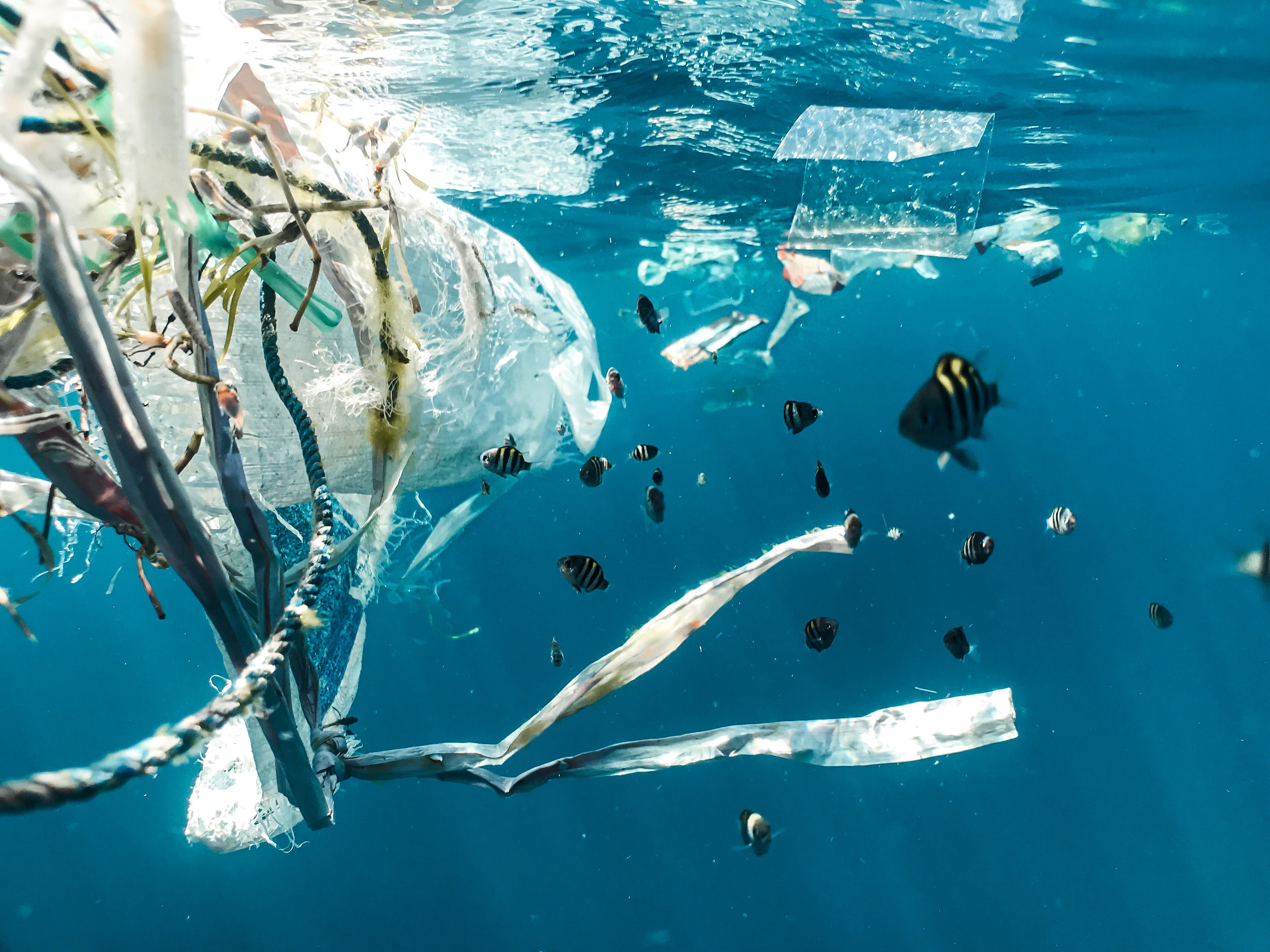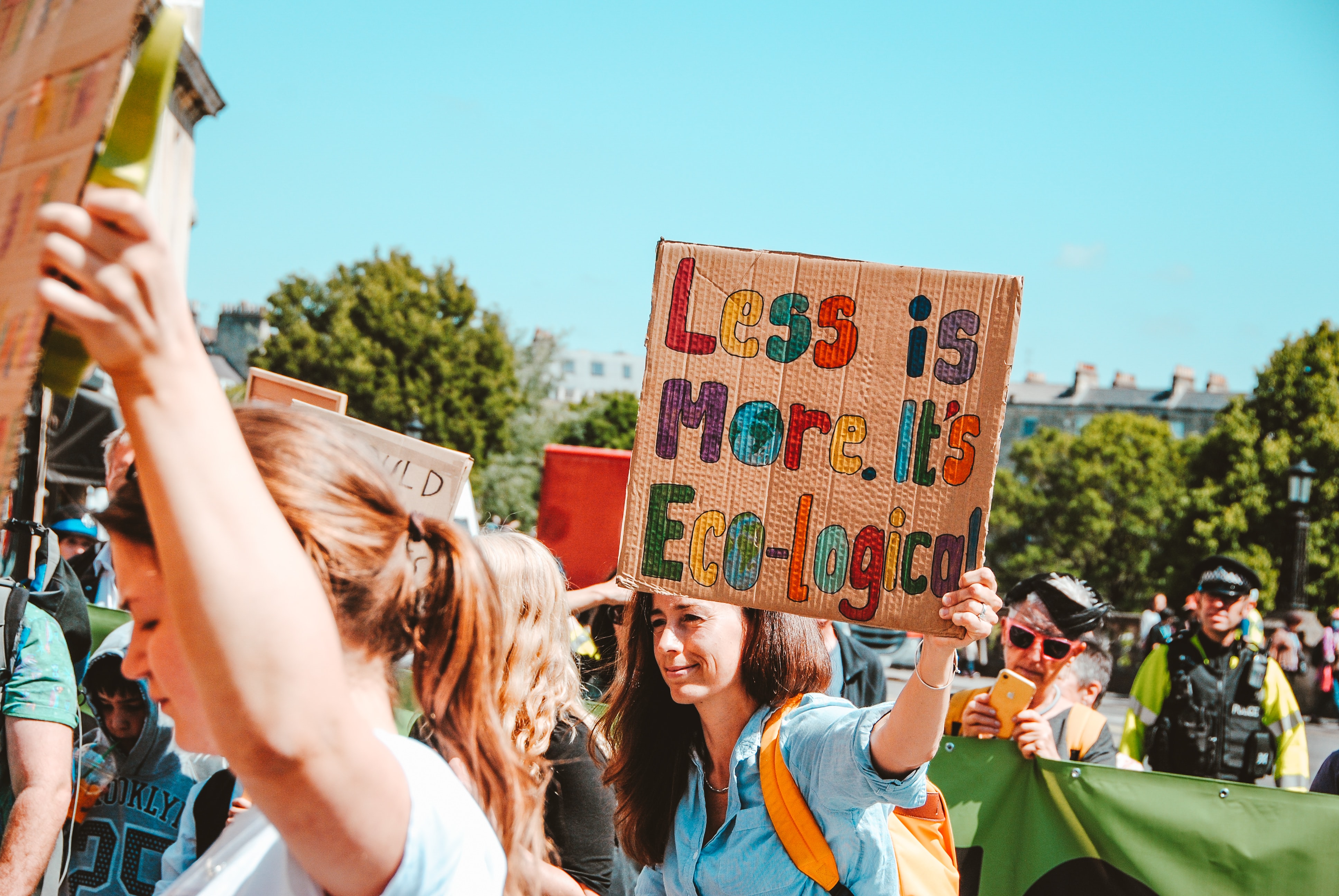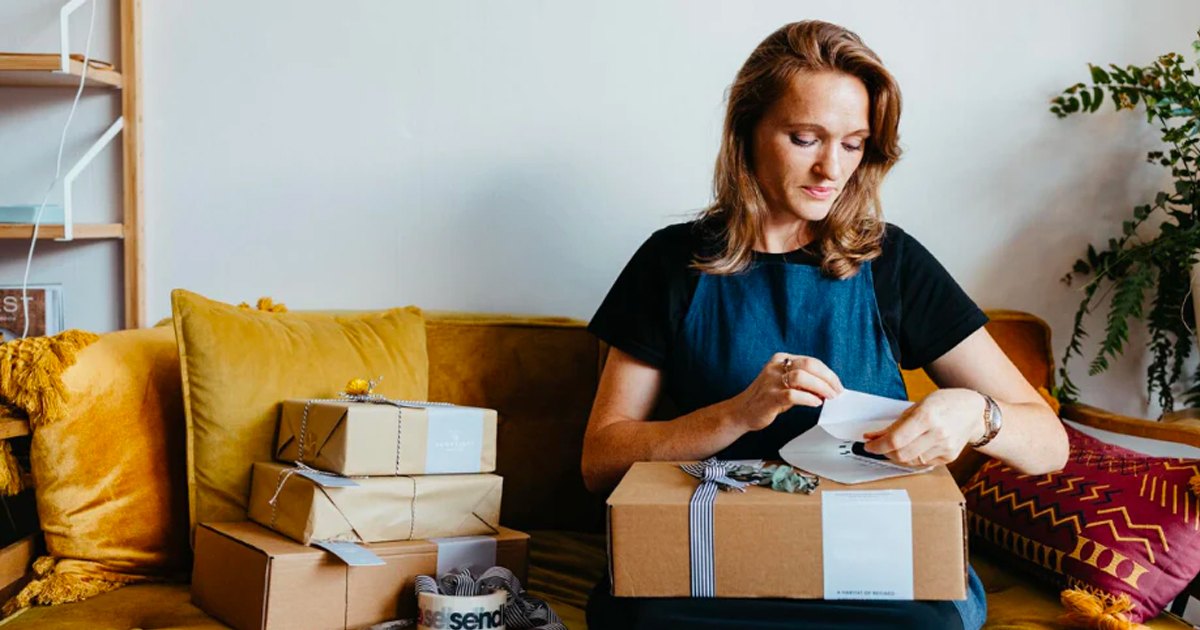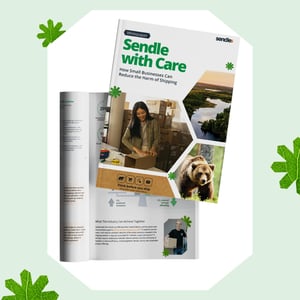The world, as a whole, makes a lot of waste. A lot. Two billion tons a year, in fact. And it’s not hard to see its destructive effects, such as habitat loss. While that number sounds big (it really is), it is still rather abstract. Once you get past a million, it’s hard to really fathom how much bigger a billion is. And with the current situation, it may be harder to imagine a world with zero waste.

Human waste is contaminating habitats, whether on land, in the air, or sea. Photo source
So, before we get into the matter of what it looks like to shrink it, let’s visualize two billion tons of waste.
First, one ton.
Two thousand pounds of old shoes, styrofoam containers, dirty diapers, those plasticky little straps that you have to use scissors on when opening toys, the occasional banana peel, and lots of purple-tipped corks. One hundred bags of garbage, give or take.
The average trash truck can compact up to fourteen tons of that stuff. That’s nearly thirty thousand pounds. That’s how much fighter jets weigh.
Once you get to a million pounds, you are only looking at 500 tons. Thirty-five fighter jets. Or a whale shark, if you prefer.
To get to two billion tons, you have to multiply that by four million. So, again, in terms of the whale shark, you’d need to imagine one hundred and forty million of them (if you even could).
So, two billion tons is a lot.
That’s why the Zero Waste movement exists. To grapple with our own waste impact and, in so doing, shrink that massive number.
The problem with the waste isn’t merely that there’s a whole lot of it and it’s taking up precious space. The problem is that slowly decaying waste creates its own wastes—methane, carbon dioxide, and leachates.
- Methane and carbon dioxide, of course, are the big dirty greenhouse gasses we’ve all heard about to some degree, helping to warm our planet to untenable levels.
- Leachate is the liquid product of all that stinky garbage, which carries with it a whole host of bad materials coming from whatever is decaying (heavy metals, dangerous chemicals, etc). Pretty gross!
Therefore, it only makes sense to take the necessary steps to go Zero Waste. So, what does it mean exactly?
What does Zero Waste mean?

The phrase itself can be a little intimidating. But, it’s a goal, not a rule.
Human behavior isn’t a binary thing. We change by gradients, sliding surely toward a better us. A change here, a change there—soon enough, you are needing to take out the trash less often and marvel at your own ability to affect change, no matter how small.
Good job, you.
Tons of brands and shops have popped up in the last few years to make these little Zero Waste lifestyle alterations simpler. We actually rounded up a ton of amazing Zero Waste sellers running their own Etsy and Shopify stores.
They offer plastic-free and package-free alternatives to all the day-to-day stuff you use in your life. Bars of shampoo and conditioner, toothpaste and mouthwash in tablet form, beeswax-coated food wraps, bamboo travel utensils, and so on—a multitude of easy switches.
Moving toward reusable, package-free or Zero Waste packaging products is easier than ever. Plus, more and more packaging is being made entirely compostable, where you can throw it out with your city yard waste or even just in your worm bin. Check out the 100% compostable mailer by Sendle!
The point is to keep things in the ecosystem so that the stuff we use can be reused, repurposed, recycled, or rebirthed as soil—the circular economy. The point is to keep the landfill out of it.
You can learn more about the circular economy by reading our big guide all about it.

The Zero Waste movement is the youth’s response to governments, large corporations, and other bodies that profit from the ever growing waste problem. Photo source
What is the Zero Waste movement?

An assemblage of mostly young millennials, the Zero Waste movement is just about making the appropriate changes to one’s life to reduce their waste output. The hope is that there will be none at the end of their transition.
What you may see a lot when researching Zero Waste is a humble mason jar filled to the brim with trash. Just one pint-sized mason jar.
While the average American is responsible for upwards of fifteen hundred pounds of trash a year, these eco-friendly youth are only creating enough to fit inside a small mason jar.
This, of course, excludes all that is composted and recycled. Just the unambiguous trash destined for the stinky pile across town.
Proponents claim that they actually spend less money than they did previously. They stopped spending money on packaged food, opting instead for fresh foods not enrobed in plastic. They have their own containers and buy from the bulk bins—lentils, rice, and rolled oats, oh my!
Instead of purchasing bottles of cleaners and body wash, they take to the internet to learn how to make their own.
Though Zero Waste is merely an idea with many adherents and not an official organization, many groups have sprouted from the idea. Eco-Cycle has put together a long list of Zero Waste organizations and groups throughout the world.
The history of Zero Waste

We weren’t always so bad about our trash. Single-use plastics didn’t exist for over 99% of human history. While it took us some time to figure out indoor plumbing, the garbage ancient humans created was fully biodegradable and wasn’t so ubiquitous as it is today.
Then came the invention of plastics, a revolutionary material. The late ‘70s, early ‘80s saw the advent of single-use plastic bags.
After that, its use proliferated.
Plastic wrapped plastic utensils, ‘fun-sized’ candy bars encapsulated in plastic, multi-colored plastic party cups in big plastic bags, individual plastic-encased toilet paper rolls inside a bigger plastic packaging.
You get the point.
The idea of Zero Waste didn’t come into the mainstream in its current form until 2009 when Bea Johnson began blogging about her journey toward a Zero Waste lifestyle with her family. She popularized the pint-sized trash jar, leading many to represent their progress in jar form.
All the way back in 2010, Bea was featured in the New York Times as a sort of Zero Waste Marie Kondo before anyone had heard that name. She went on to write Zero Waste Home: The Ultimate Guide to Simplifying your Life by Reducing your Waste, which has become an international bestseller.
A few big names in the Zero Waste world have followed in her footsteps. Lauren Singer started her blog Trash is for Tossers in 2014 and later started the Package Free Shop. Kathryn Kellogg is National Geographic’s spokesperson for plastic-free living and runs the blog Going Zero Waste.

Zero waste practices are totally possible and important for aspiring sustainable business owners.
Zero Waste business

Although the focus has been deeply focused on individual Zero Waste lifestyle changes, proponents know that change needs to come from business and government.
For small businesses, the idea of dramatically cutting their waste can be daunting. They don’t know where to start.
Luckily, there are consultants out there that can hold your hand, making the transition simpler.
Friend of Sendle Moji Igun is doing just that with her business Blue Daisi Consulting. We were lucky enough to have her on for an episode of Hey Sendler all about self-care for the small business owner.
As I mentioned before, there are lots and lots of really great Zero Waste stores out there enabling individuals and small businesses alike to reduce their waste.
Big businesses are joining the Zero Waste movement too.
Breweries such as New Belgium and Sierra Nevada have both almost entirely eliminated the amount of waste that goes to the landfill (99.9% and 99.8% respectively).
Subaru, Toyota, and General Motors have all made huge strides toward removing waste from their operations and developing components that can be reused and recycled.
Microsoft and Google have instituted programs to move their buildings and data centers to zero-waste-to-landfill, among other things.
Since consumer demand drives changes in big business behavior, it just makes sense to throw your shopping money behind companies that care (like B Corp retailers, for instance). Sendle, for one, is a B Corps certified 100% carbon neutral shipper. Learn more about Sendle’s impact, or lack thereof.
How to go Zero Waste

Anyone can start on the path to Zero Waste.
It doesn’t have to be in huge leaps. Small changes over time have a real effect and you are more likely to stick it out if you adapt over the long haul.
The biggest companies out there have the ability to make big changes quickly and should do so to help head off the climate crisis. Governments can also wield a lot of influence on the future of waste. As constituents, each and every one of us can contact our politicians to do the right thing.
While we need the bigger organizations to make the leap, small businesses can do their part to reduce their waste profiles.
There are tons of great resources out there for anyone curious about saying no to single-use plastics. To start, you can read more about the impact of e-commerce and how small businesses can offset their waste on Sendle’s whitepaper.

How small businesses can reduce the harm of shipping
Learn more about the environmental impact of shipping, and ways you, and the industry at large, can make eCommerce more sustainable (it’s easier than you think).
Sendle is the sustainable shipper specifically designed for small business. As the first 100% carbon neutral shipping service in the US and Australia, we work hard to reduce shipping’s harm on the planet. We also think that anyone, anywhere should have the opportunity and tools to build their dream business sustainably. Learn more sustainable lifestyle and business hacks on the Sendle blog!

